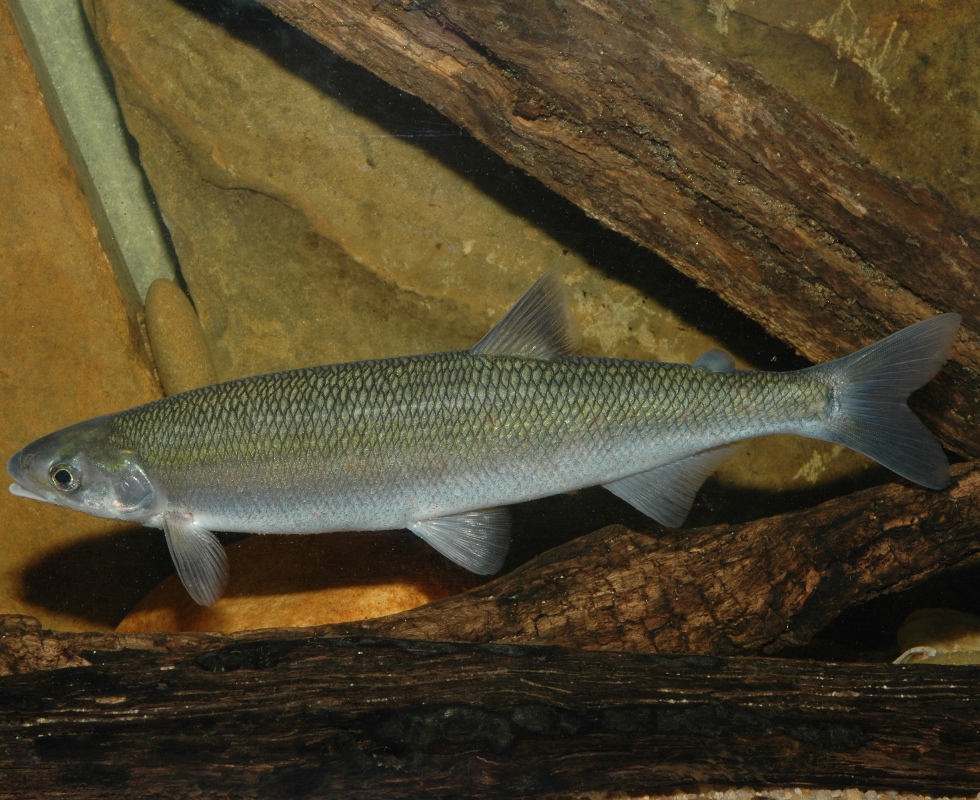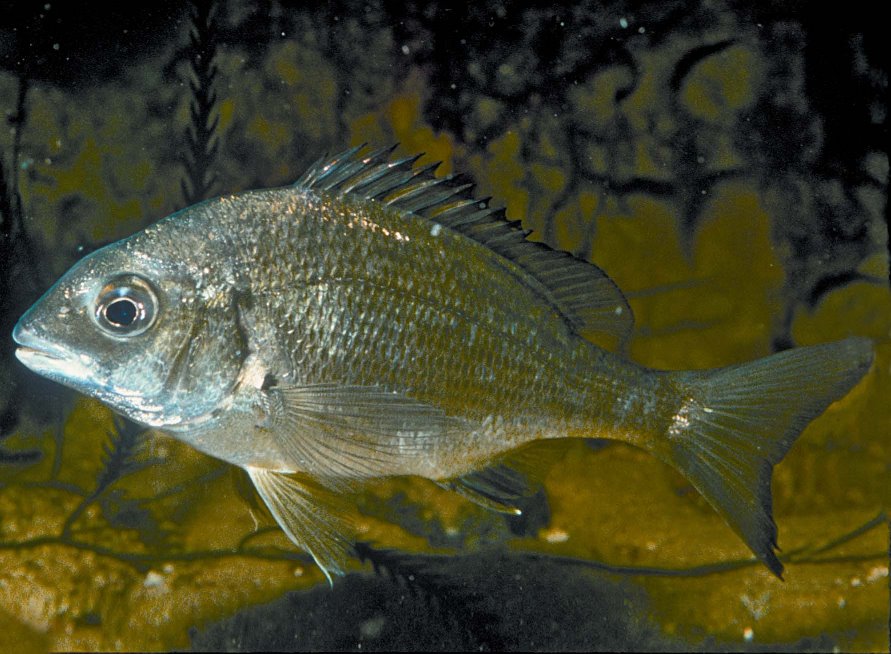Victoria's coastal aquatic systems encompass all rivers, estuaries and wetlands south of the Great Dividing Range. These environments play a vital role in the social, economic and environmental health of the state. To improve the management of native fish, large decapod crustaceans and large bivalve molluscs in these systems, a suite of resources have recently been released. These include a published management guide, an on-line decision-support tool, and educational materials. These resources have been designed to assist local natural resource managers with various aspects of fish management, and to increase awareness and understanding of fish ecology, habitat needs and impacts of threatening processes. The development of these products was funded by the National Heritage Trust.
The 'Guide to the Management of Native Fish: Victorian Coastal Rivers and Wetlands' provides information on fish biology and habitat requirements for native fish that occur in the coastal catchments of Glenelg Hopkins, Corangamite, Port Phillip, Western Port, West Gippsland and East Gippsland. It outlines how various threats to river health may impact on particular species and will link closely with the existing implementation of regional River Health Strategies. Broad recommendations are provided on how to set priorities and make informed decisions about native fish management.


For more information contact: pam.clunie@delwp.vic.gov.au
The following fact sheets provide information on six important coastal habitats:
- Native Fish in Coastal Victoria - Aquatic vegetation (PDF, 986.1 KB)
(accessible version (DOCX, 2.7 MB)) - Native Fish in Coastal Victoria - Flow regimes (PDF, 960.1 KB)
(accessible version (DOCX, 2.6 MB)) - Native Fish in Coastal Victoria - Structural woody habitat (PDF, 1.2 MB)
(accessible version (DOCX, 3.5 MB)) - Native Fish in Coastal Victoria - Water quality (PDF, 1.1 MB)
(accessible version (DOCX, 3.2 MB)) - Native Fish in Coastal Victoria - Wetlands (PDF, 1.1 MB)
(accessible version (DOCX, 4.2 MB)) - Native Fish in Coastal Victoria - Salt wedges (PDF, 1.1 MB)
Page last updated: 17/12/19